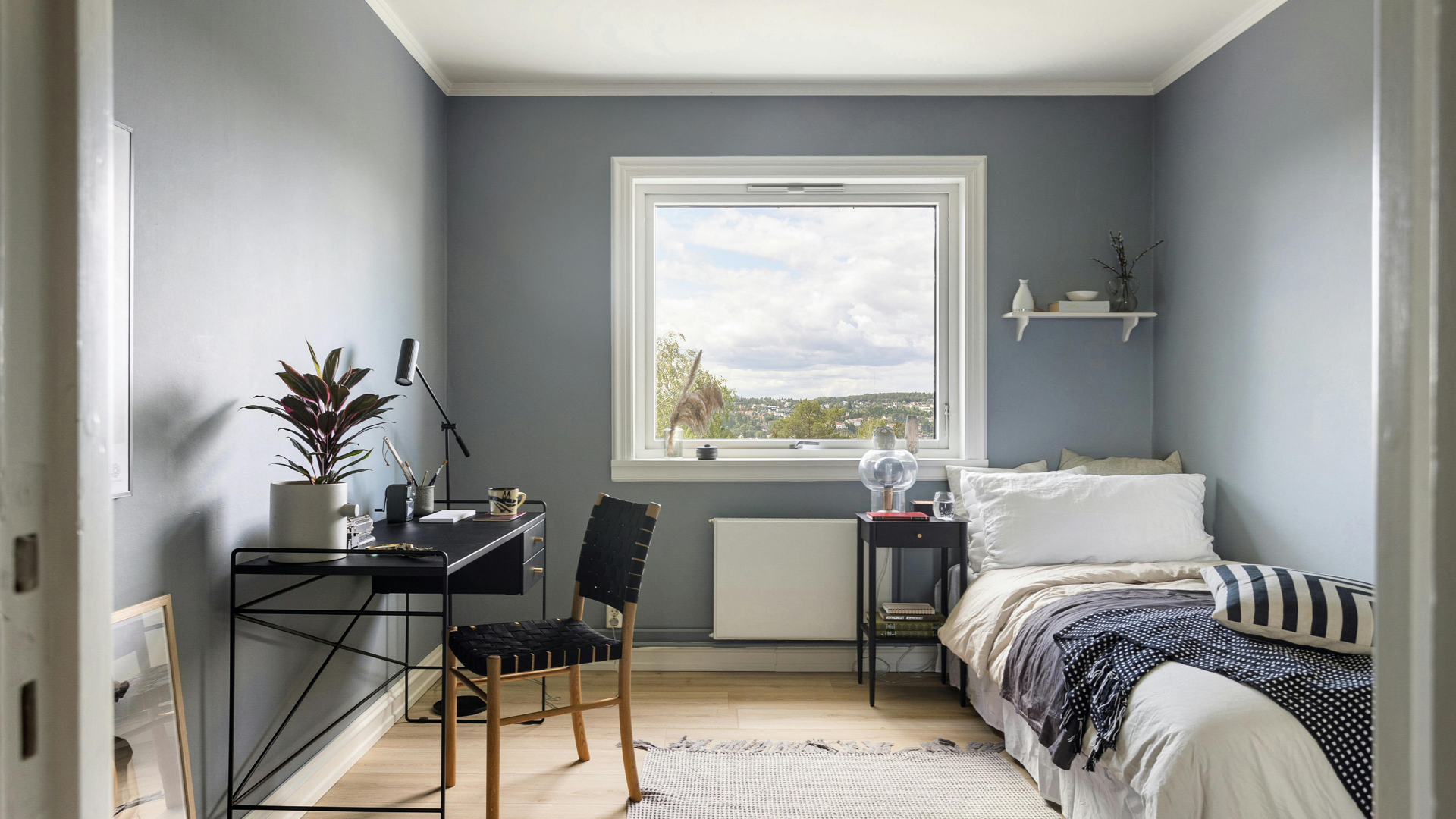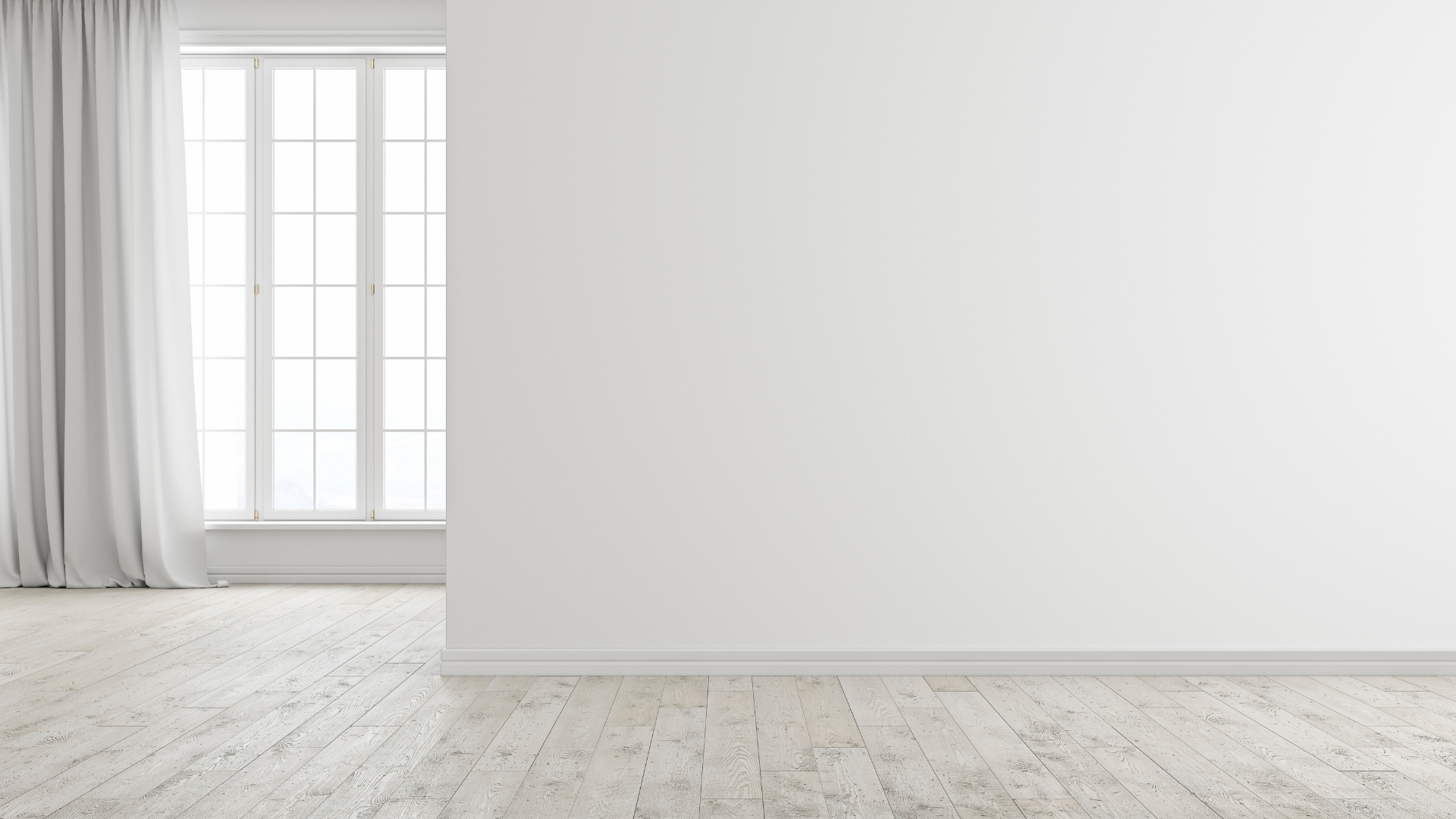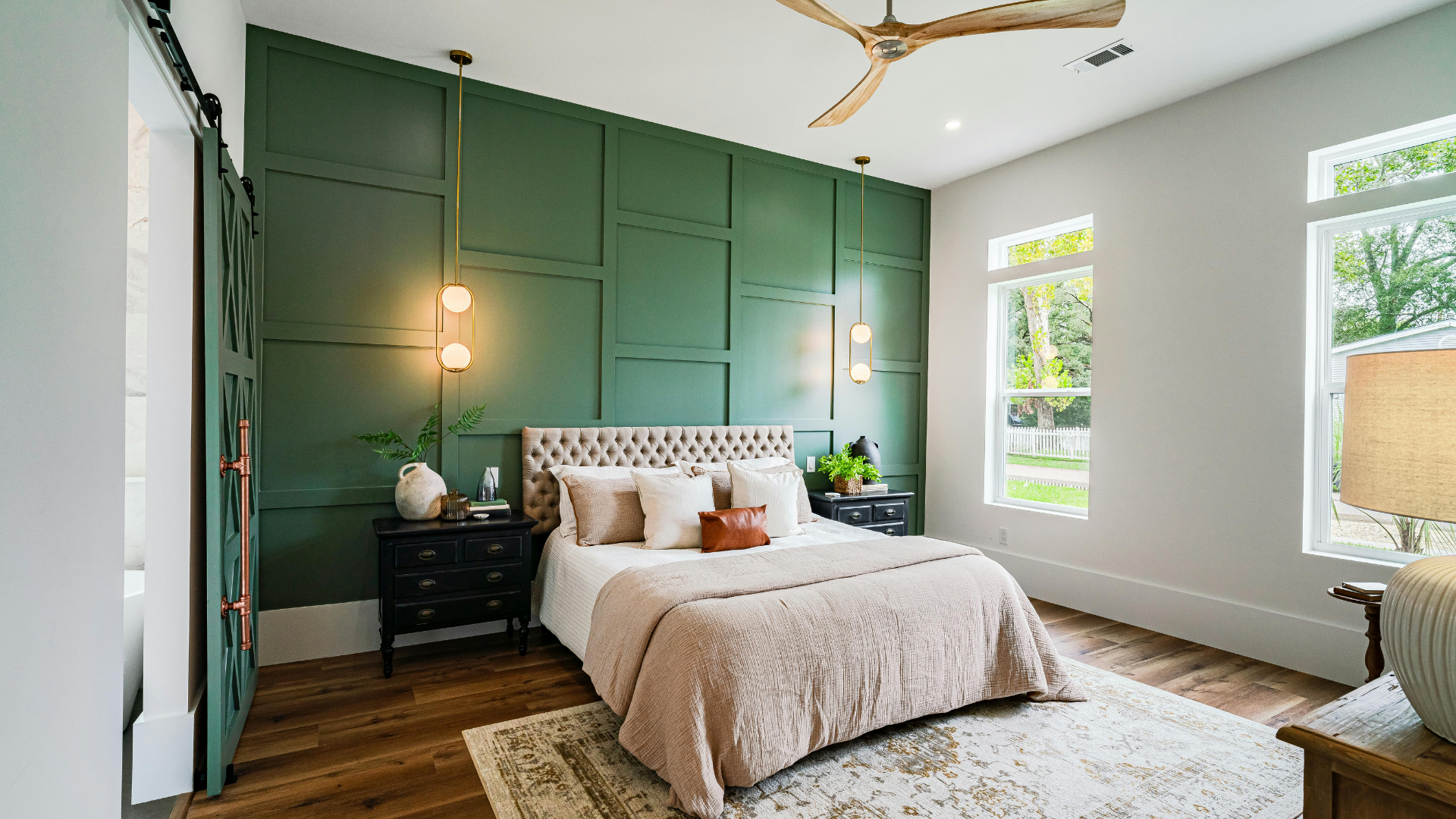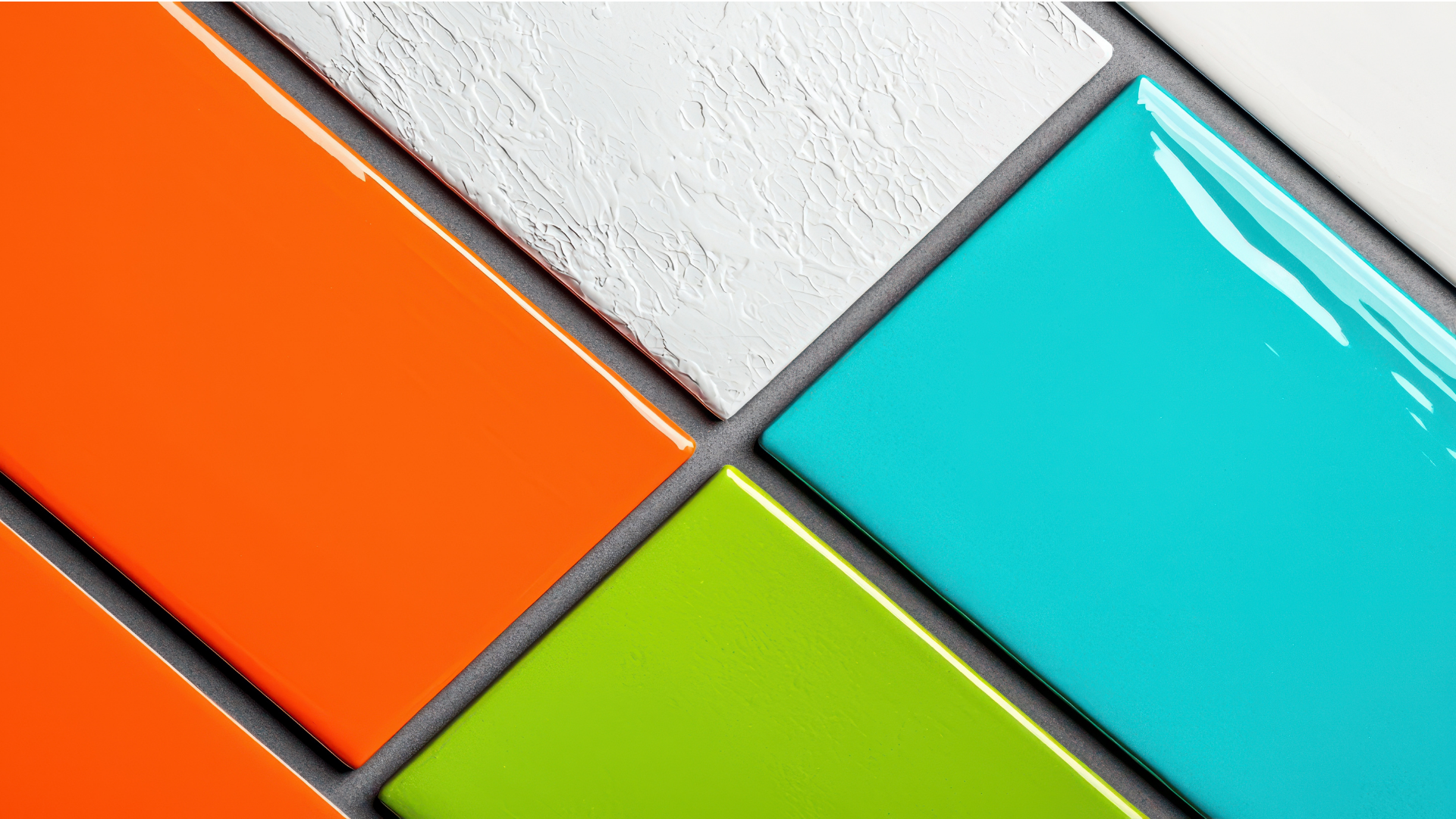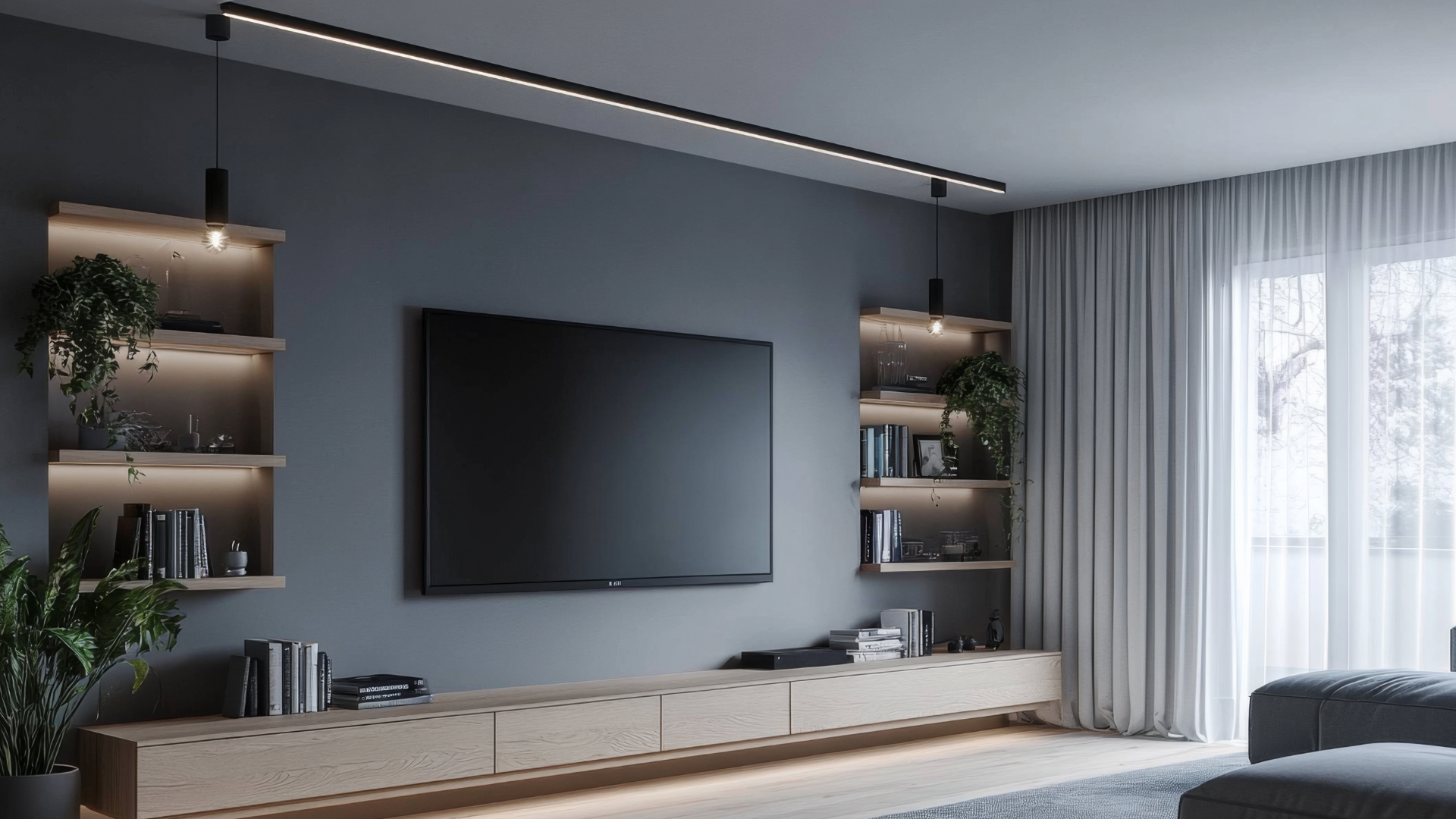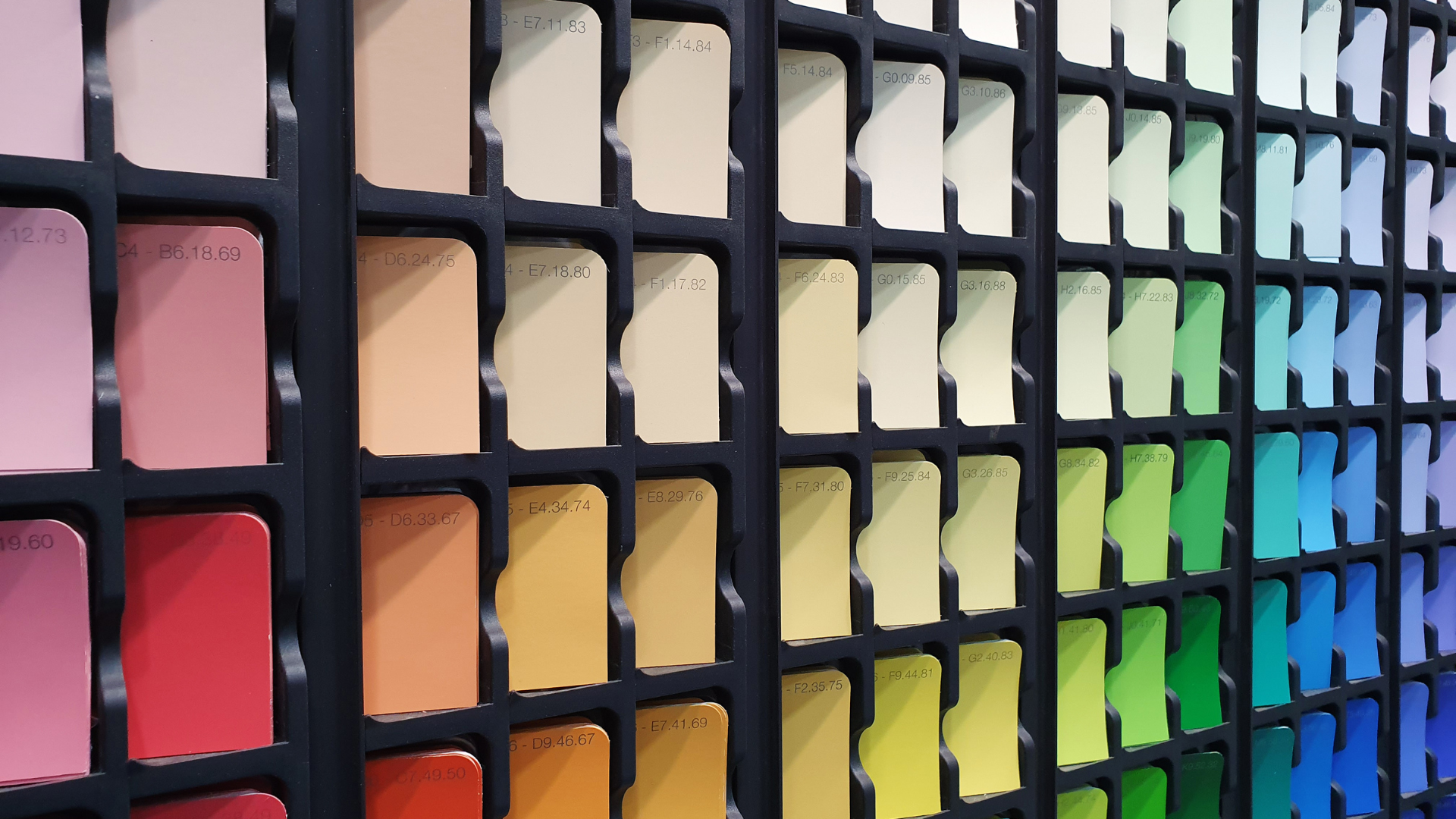Why DIY Cabinet Painting Usually Ends In Regret
The Real Cost Of Cutting Corners On Cabinet Jobs
There’s something undeniably appealing about a freshly painted set of cabinets. Whether it’s the kitchen, bathroom, or a well-used laundry room, a smooth, even coat of paint can make everything feel brighter, cleaner, and more modern. And with countless tutorials floating around online, it’s easy to fall into the trap of thinking, “Hey, I could do this myself.” But cabinet painting, unlike slapping color on a bedroom wall, brings its own unique set of challenges—and skipping over even one crucial detail often leads to a whole world of disappointment.
What starts as a weekend project can spiral into weeks of frustration, touch-ups, and unexpected expenses. And let’s be real: when the finish begins to chip, the brush marks won’t sand out, or the color dries weirdly uneven, it’s hard not to wish you'd let a professional handle it from the start. DIY can be rewarding, sure, but when it comes to cabinets—the surfaces you touch every day—it’s often a gamble that doesn’t pay off.
Prep Work Isn’t Optional—It’s Everything
The difference between a beautiful, lasting finish and one that flakes within a few months usually comes down to what happens before the first drop of paint hits the surface. That’s the part people often rush—or skip entirely. Cabinets live in some of the most high-traffic, moisture-heavy environments in the house. They're exposed to greasy fingerprints, heat, humidity, and constant handling. So painting them isn’t just about making them look nice—it’s about creating a durable finish that stands up to daily life.
But before paint can do its job, the surface needs to be cleaned, sanded, de-glossed, and often primed. Even a light film of cooking oil or old cleaner residue will affect adhesion. And if you're not familiar with how different woods or laminate surfaces react, you might not even realize there’s a problem until the paint starts lifting a few weeks later. Sometimes, even the primer choice can make or break the whole job. It’s not as simple as “grab a can and go”—there’s a science to it, and experience really matters here.
What complicates things further is that different types of cabinetry—oak, MDF, veneer—require their own specific prep and product pairing. Getting that wrong doesn’t just compromise the look, it directly affects the lifespan of the work. A shortcut at this stage might save time now, but it nearly guarantees frustration down the road.
The Wrong Paint Can Undo All Your Effort
It’s not just about picking a pretty color. Cabinets need a paint that can take a beating. Water-based latex might be a decent option for a bedroom wall, but slap that on a kitchen cabinet and you’ll be dealing with chips and scratches before you know it. And then there's the finish—too glossy and you’ll see every imperfection and brush stroke; too matte and you risk trapping every fingerprint and splash.
Choosing the right paint involves balancing durability, washability, and finish—all while matching your specific surface type. It’s trickier than it sounds. A lot of people end up grabbing what’s on sale or what looks nice on the swatch card. Unfortunately, the wrong formula won’t just look bad—it won’t last. And when it starts to fail, you can't just paint over it. Often, the entire surface has to be stripped and refinished from scratch.
Then there’s the matter of tools. High-quality brushes and sprayers can make a massive difference in the final look, especially for achieving that smooth, factory-like finish that makes cabinets really pop. But those tools aren’t cheap, and using them properly takes practice. It’s a steep learning curve for something that’s supposed to be a “quick upgrade.” Even small missteps in technique—like overloading the brush or applying uneven pressure—can lead to a finish that looks sloppy and feels worse.
Streaks, Drips, And Uneven Results Happen More Than You Think
You know that sleek, magazine-ready finish most folks hope for? It’s actually pretty tough to pull off without experience. Paint consistency, drying time, room temperature, and technique all come into play. Drips can form in corners. Brush marks can become painfully obvious once the paint starts to cure. And streaks or roller texture that looked fine when wet may dry into something totally different—and not in a good way.
Drying and curing are separate things, too, which many people don’t realize. Just because paint feels dry to the touch doesn’t mean it’s hardened and ready for daily use. Using cabinets too soon can lead to tackiness, smudges, or even full-on peeling. Without the right timing—and enough patience—it’s easy to undo hours of effort in a single grab of a drawer pull.
Even ventilation plays a role. If you’re painting indoors without proper airflow, dust, lint, and debris in the air can settle right into the paint. And let’s not even get started on trying to sand those tiny specs out of a half-dried finish. One small hiccup at this stage can compromise the entire look. And unfortunately, many DIYers don’t even realize something went wrong until it’s too late to fix it easily.
Fixing DIY Mistakes Usually Costs More Than Hiring A Pro
It’s a tough pill to swallow, but when a DIY job doesn’t go according to plan, it doesn’t just mean extra work—it often means starting over. Fixing peeling paint or sanding down a bad finish takes more time and effort than people expect. And sometimes, repairs aren’t even possible without damaging the cabinet doors or drawer fronts themselves.
That’s the part that stings. The money spent on tools, paint, primer, and drop cloths adds up quickly. When it doesn’t turn out right, you're faced with either living with results that don’t quite look “finished” or hiring someone to redo it—someone who now has to undo what’s already been done before even getting started. That cleanup and correction work usually takes longer and costs more than if it had been done professionally from the start.
There’s also a mental toll that comes with watching a project you were excited about slowly go sideways. It’s frustrating, and for many people, discouraging enough that they avoid future upgrades altogether. That kind of disappointment is completely avoidable when you bring in a skilled, knowledgeable team from the start.
At Gutierrez Painting, we know how much a beautiful set of freshly painted cabinets can transform a space—and we also know how frustrating it is when the results fall short of expectations. We bring the knowledge, tools, and experience to make sure your cabinets look great and hold up to daily life. If you’ve been thinking about refreshing your space, make sure to contact us. We’d love to talk through your ideas, walk you through the process, and give you the flawless finish your home deserves. Let’s get it done right, together

